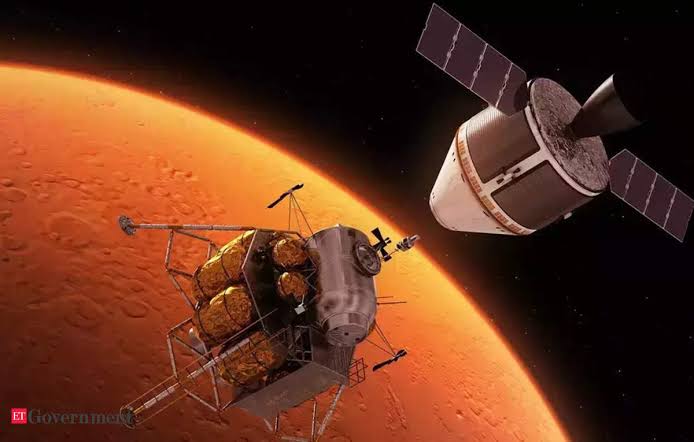Now ISRO mission to Shukra, cabinet approves ₹1,236 crores

ISRO is planning to probe the surface, subsurface and atmosphere of Shukra through an orbiter. In the distant past, Shukra too may have been habitable to life. The data captured by the mission will be made available to the scientific community.
ISRO is aiming to launch the mission during a window that opens up in March 2028. The cabinet has approved ₹1,236 crore for the mission, which includes the spacecraft and the ground infrastructure necessary for operating the mission.
The mission is also expected to give a boost to the planetary science program of ISRO, which can support larger payloads in the future, especially after the development of the Next Generation Launch Vehicle (NGLV), dubbed Soorya. ISRO will be collaborating closely with academic and private industry partners for the Shukrayaan mission.
The Union Cabinet has approved ISRO’s mission to explore the geology and atmosphere of Shukra, considered to be Prithvi’s twin in the Solar System. Shukra is the closest planet to the Prithvi, and is believed to have formed under similar conditions as Prithvi, with the planetary atmospheres diverging in their evolution.
The cabinet chaired by Prime Minister Narendra Modi has formally approved the Shukra Orbiter Mission, which has been dubbed Shukrayaan, just like the Mangal Orbiter Mission (MOM) was dubbed Mangalyaan. The ambitious missions expands the scope of ISRO’s planetary science programme to a third celestial body in the Solar System, after Chandrama and Mangal.
Shukra, Prithvi and Mangal are all terrestrial or rocky planets, with very different atmospheric conditions. Shukra has a thick atmosphere with high pressure, that is being heated because of a runaway greenhouse gas effect. The environmental conditions on Shukra are toxic to life as we know it.
Prithvi is a green world that provides an environment for organisms to thrive, with the atmosphere protecting the surface from harmful radiation. Mangal has a tenuous atmosphere that is constantly being stripped away, and is a cold and dry place today.
The Red Planet is however on the cusp of habitability, with conditions in the past conducive for life. Why these planets are so different is not well-understood, and ISRO’s Shukrayaan mission can provide valuable insights.



